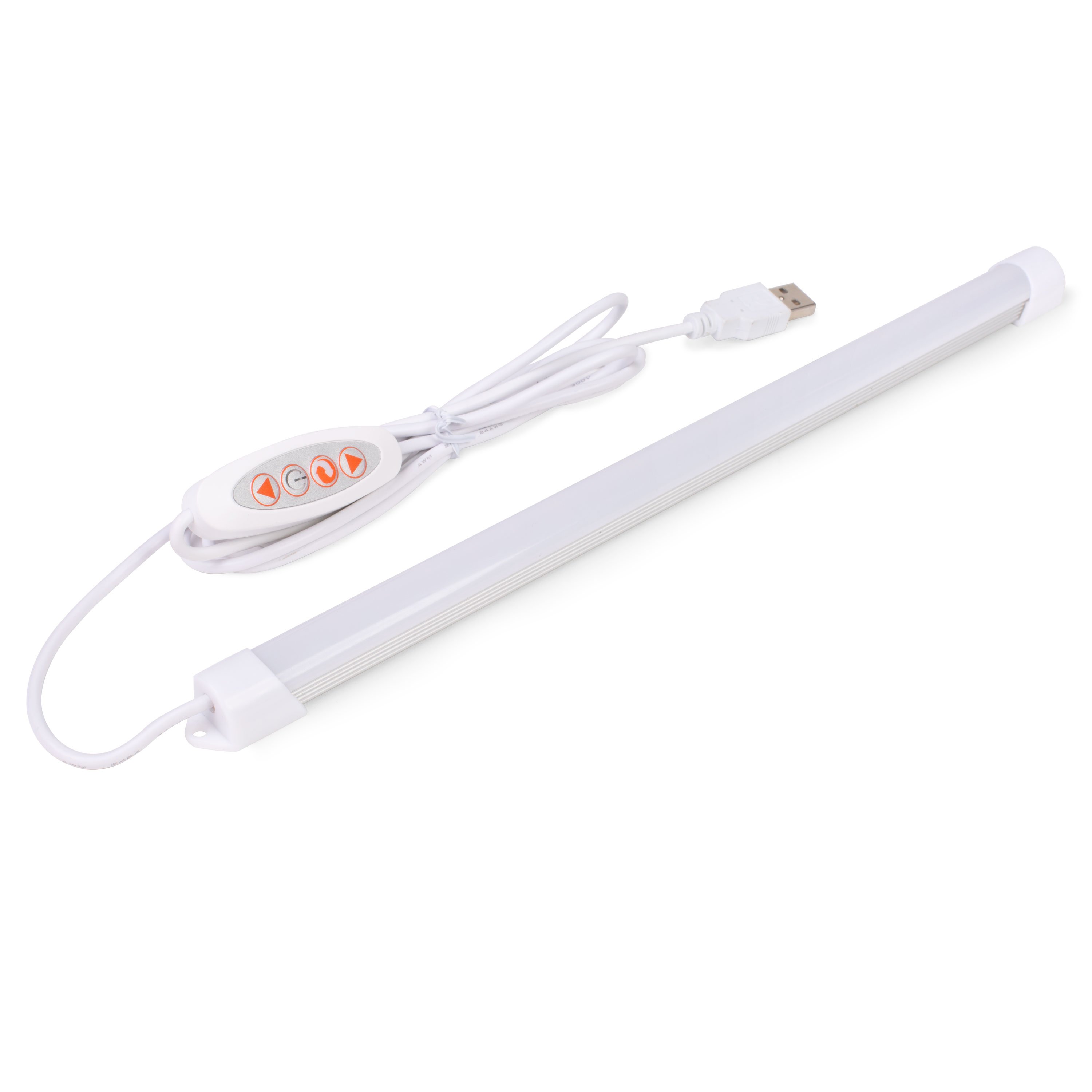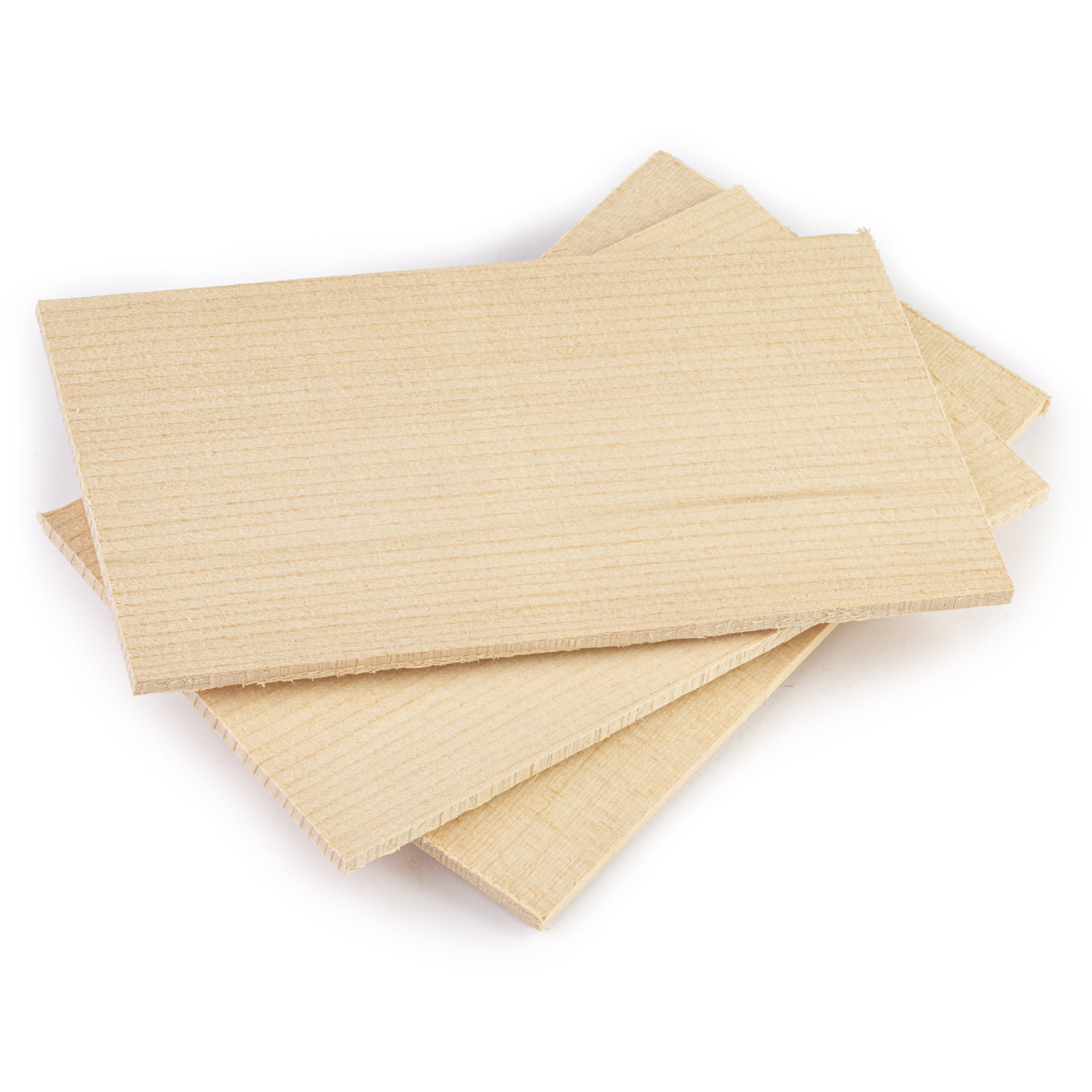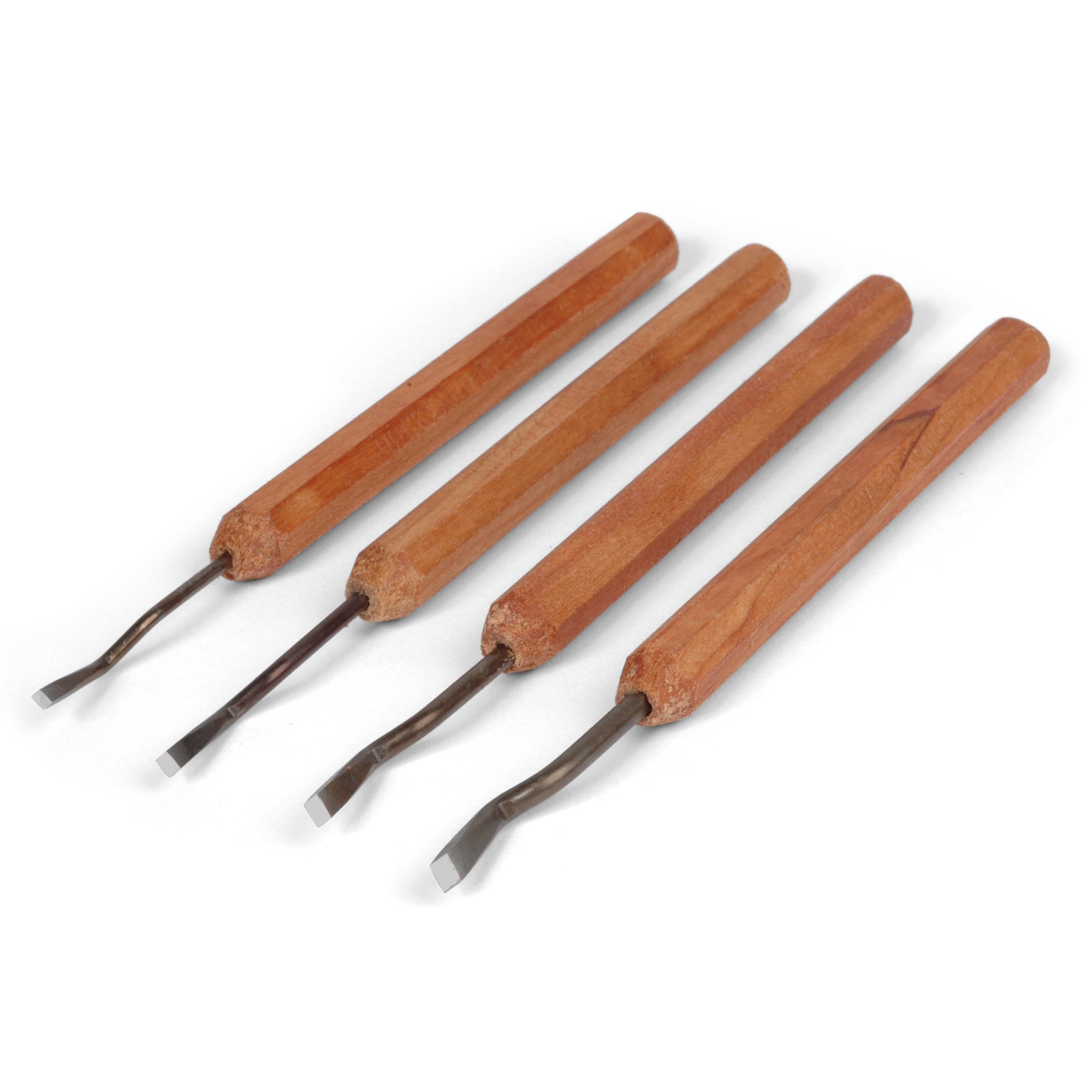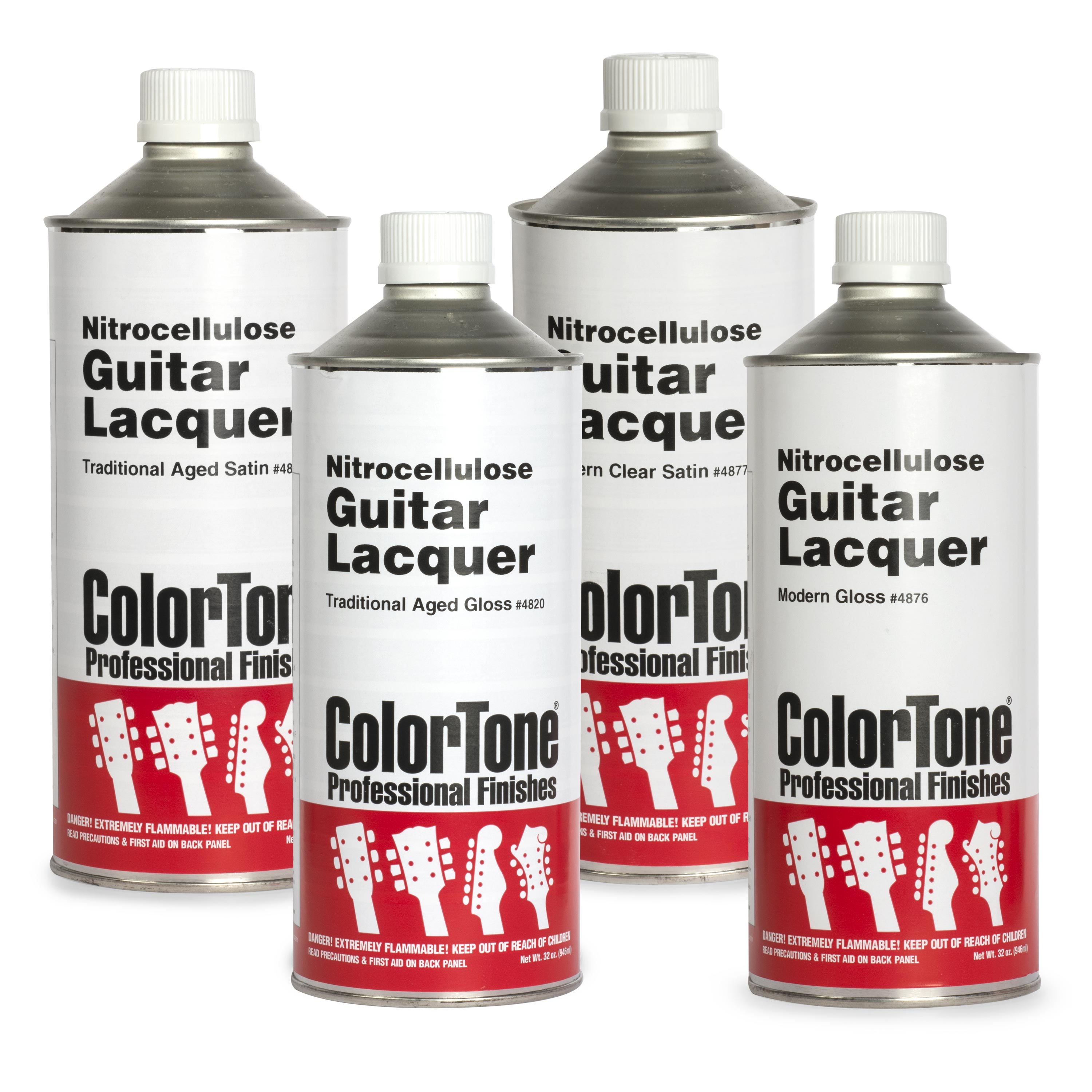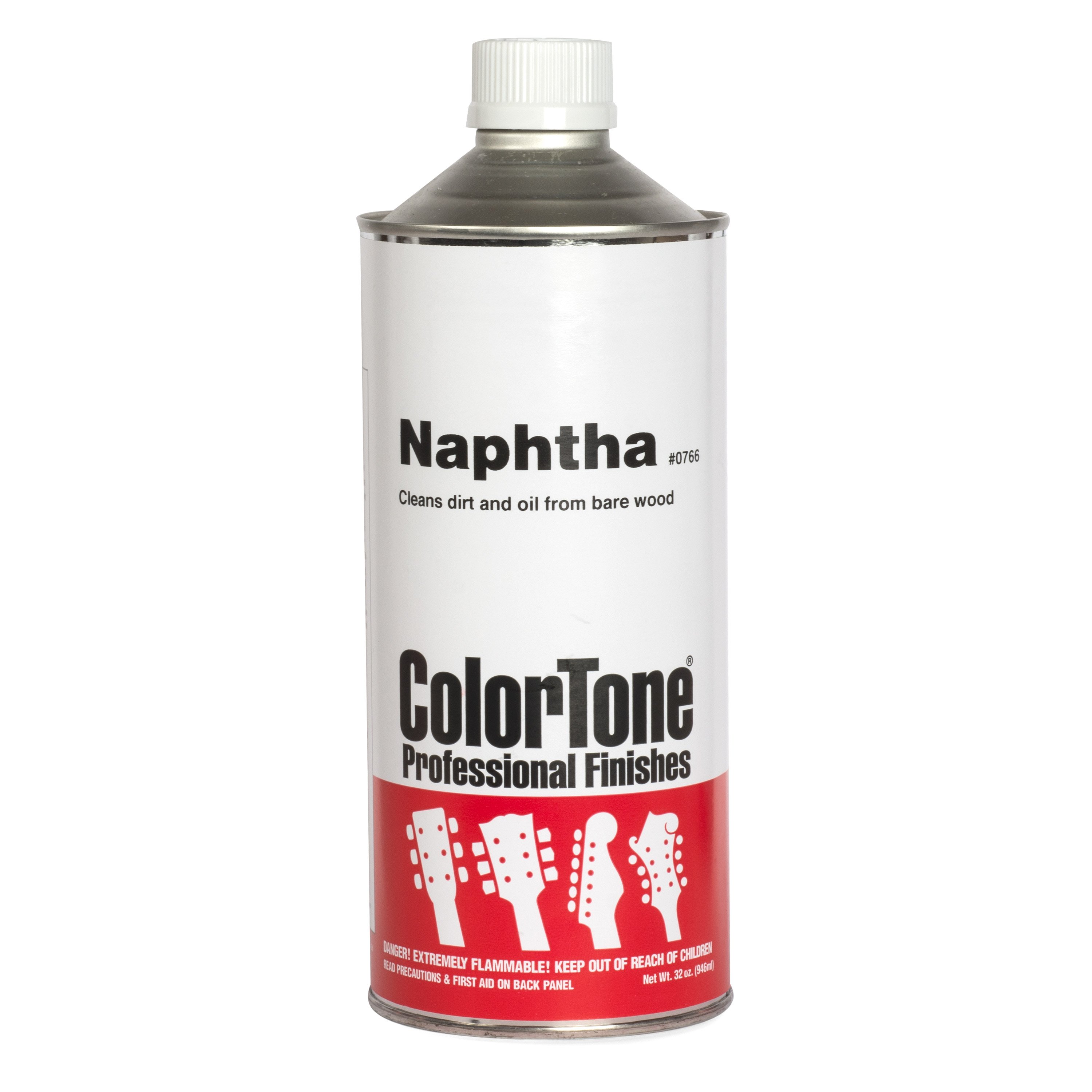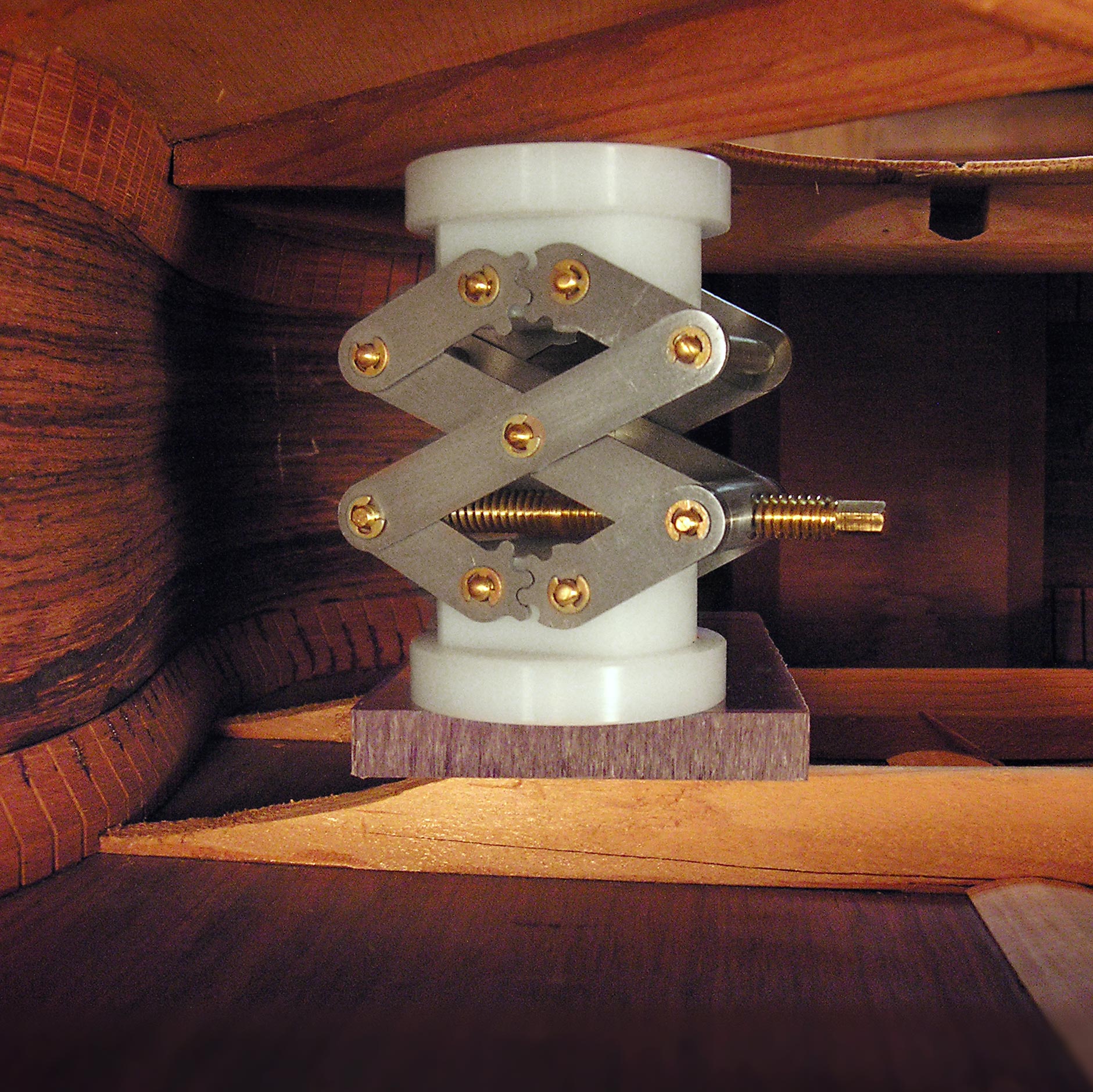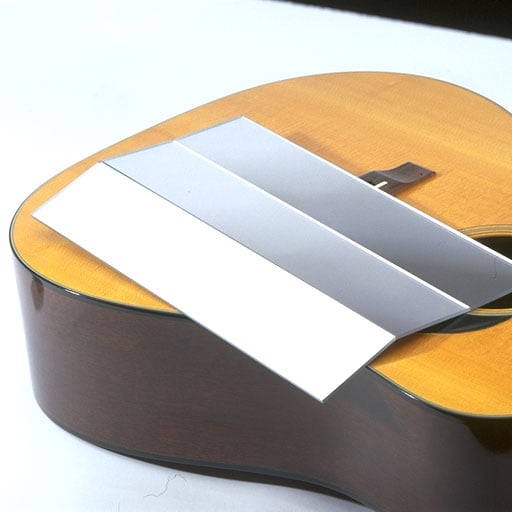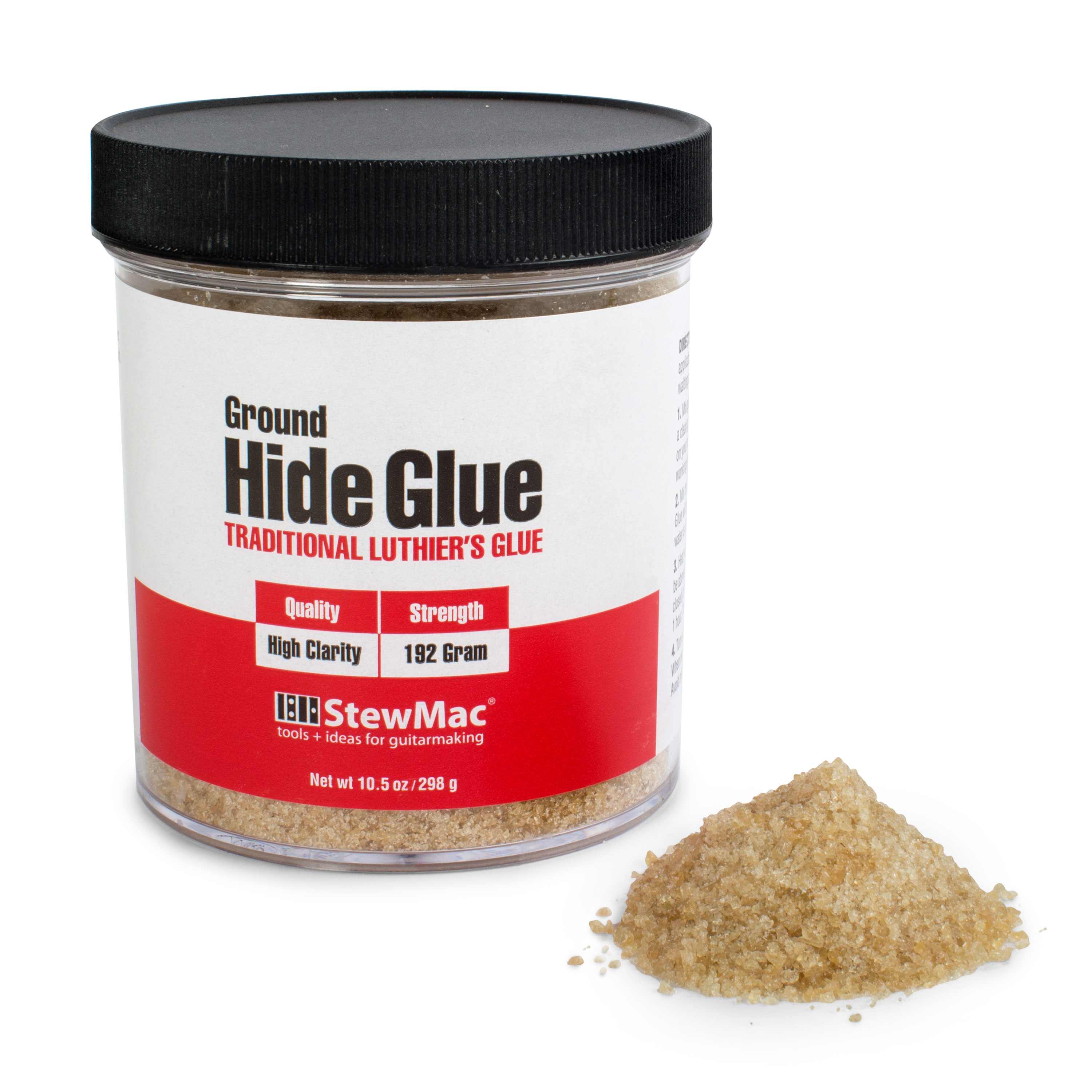Repairing Willie Nelson's Trigger guitar
Issue 291 August 10, 2017
Willie Nelson’s guitar, “Trigger,” is in for repairs at Erlewine Guitars in Austin, Texas. Mark Erlewine shares a closeup look at the famous hole in the top. Mark’s been Trigger’s caretaker for ages, and he gives us the inside scoop on Trigger’s history.
About the guitar in this video: Trigger is a Martin N-20 classical guitar with a unique PrismaTone pickup from Willie's previous Baldwin Guitar. It's a great story that Mark Erlewine tells in this video.
- The story behind Trigger
- Using lacquer to protect against Willie's fingernails
- Fixing a new crack in the top
- Signatures on Trigger's top
Keep watching Mark Erlewine's Repairing Trigger Part 2 — More inside info on Willie Nelson's Trigger guitar
Video Transcription
[on screen text reads: Repairing Willie Nelson's Trigger - StewMac]
Mark Erlewine: Hi, I'm Mark Erlewine here at my shop in Austin, Texas. Willie's guitar Trigger is here for its annual maintenance stop. Well, this guitar is another part of Willie Nelson. Whenever Willie plays, you hear Trigger. It's a unique sound, buzzes and all, it's unique. It's a wonderful sound. I guess it's something you can count on with Willie is the sound of Trigger to be there.
There are a number of things wrong with it that I'm going to need to fix, but they're just minor repairs to keep it going. Willie is not concerned about the looks of this guitar so much as the playability and functionality of it. In the late 60s, the Baldwin Guitar Company, they made various musical instruments and amplifiers. But they came out with a guitar and amplifier system with this unique Prismatone pickup. And it was really the very first amplified acoustic guitar system that really sounded right. [on screen text reads: in part 2, Mark test Triggers on Willie's originlal baldwin amp]
How trigger was born
So Willie, Chet Atkins, Jerry Reed, a number of well-known Nashville musicians were given these to promote. Willie was at a concert, and after the show, a drunk stepped on his guitar, broke it completely. The neck broke off and everything. So Willie sent the smashed up guitar with his crew back to Nashville. They took it to a local shop, a guy named Shot Jackson. Well, Shot looked at it and told Willie, there's no way I can fix this Baldwin guitar. But I could take the pickup off of it and recut the bridge on this Martin N-20 classical guitar which was a very new model for the Martin Guitar Company to come out with. And that's how Trigger was born.
Now, it was in perfect condition back then. But over the years and over 10,000 shows and recording sessions, this is what has happened to it. And that's because of the way Willie plays. He plays with a passion, with his fingers and often his fingernails will chip into the wood and pull out wood as he plays. So that is sort of why Trigger has a second sound hole. But let's take it to the bench.
The history of repairs
Okay, this is a unique look at the history of repairs to the top, the second sound hole. Just trying to keep it alive, keep it shored up over the years. Obviously, a number of things have been done. You can see braces and pieces of hardwoods and spruce patches to help shore it up, up in here. At certain points, you could have just pushed lightly on it and broke a large chunk off. So it was trying to give it some beef to keep it in place so it would last.
Giving the finish some more protection
So what I tried to do is to get rid of the debris and dead skin and dirt [on screen text reads: stewmac.com Micro Chisel]. I will use some Naphtha to help clean away some of that same dead skin and dirt, where it is sitting on top of the fresh spruce where the finish has been picked off. Try to protect the insides as best as I can. I'll put a rag in there, just apply some regular high-quality ColorTone Nitrocellulose Lacquer onto a nice, fine brush just to keep moisture and dirt out of the wood where he's picked through. Just to give it some more protection. Of course, he will have picked through it all again, next time I see it. But I think it helps it to add as much chances it can get.
A failed attempt to replace Trigger
They found an N-20, same model Martin three or four serial numbers away from this one, same year '69. And the idea was we need to set it up so it plays just like Trigger, because my God, Trigger's not going to last forever. So we did that and Poodie presented it to Willie and said, "We need to think ahead here. Try playing this one." Well, he just put it aside and never played it. So he is bound and determined to keep Trigger going. And I'm bound and determined to help him do that.
Using hide glue to seal a crack
There are a number of cracks on the top that have been fixed over the years. This one was loose. This small crack has opened up some. And so while I have it here, I'm going to back it up from the inside with this expanding jack [on screen text reads: stewmac.com Scissor Jack] that I can push up on that existing cleat, just to give it some support. Then I'm going to work some Hide Glue into the crack and I can actually open it up a little bit with the expanding jack. And work it in. I don't need to blow it in really, just work it in. Carefully wipe that off, without any of those important signatures.
Trigger's signatures
Well, one thing that Willie likes to do is have his friends and family sign his guitar. Over the years, many famous and not so famous people have signed it. And a number of the signatures have been worn off with his playing, and his just rubbing and everything. That really is hoodoo imbued into an instrument. It's just full of music, all the interesting things that Willie has gone through. Because of not paying taxes, all of Willie's assets were seized. But somehow Trigger was still hidden away on the bus and got out of that. So Willie just recorded the IRS tapes or whatever it was and paid off those debts and went on.
Poodie Locke, who brought me on board working on Trigger back in the late 70s. I was there and Poodie came out and got me and brought me backstage through hallways to a backstage bar. And there was Willie sitting at the bar having a drink. And Willie looked at me and said, "Just keep my guitar going. As long as it's working, I'll be working." No pressure.

